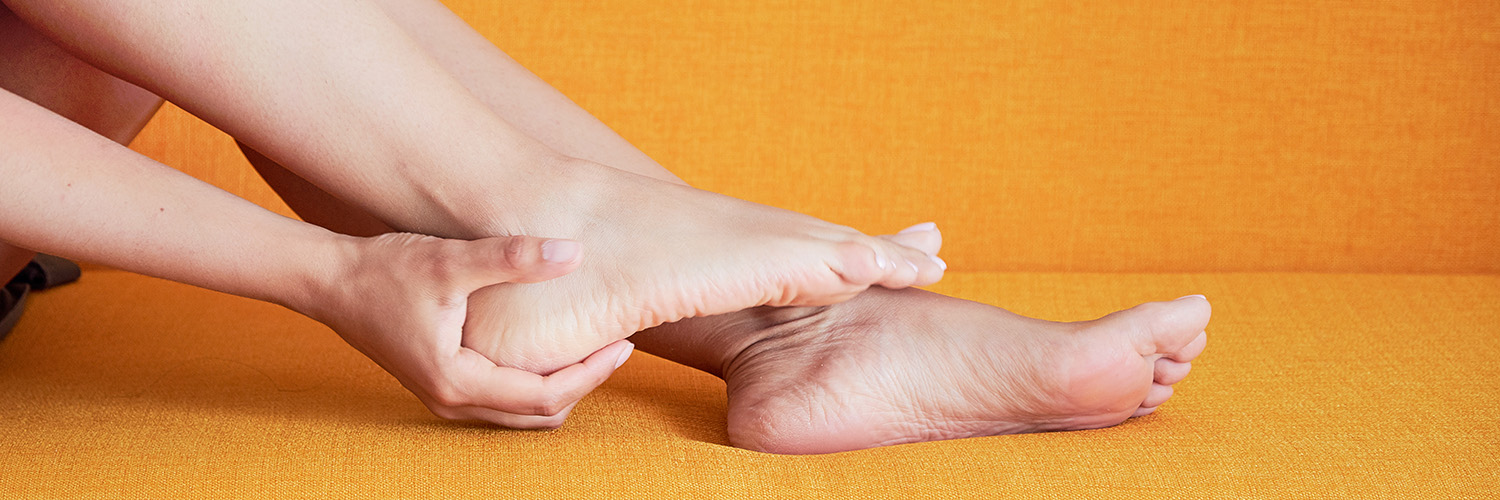
Heel Spurs
What are Heel Spurs?
Heel spurs are bony outgrowths that develop on the underside of the heel bone (calcaneus), often in association with plantar fasciitis—a condition involving inflammation of the plantar fascia, the tissue that runs along the bottom of the foot. Heel spurs form as a result of long-term strain on the foot muscles and ligaments. While not always painful, they can cause sharp or stabbing pain in the heel, especially during the first steps after waking up or prolonged periods of standing or walking.
What are the common symptoms of Heel Spurs?
Although some people with heel spurs experience no symptoms, common signs include:
- Sharp pain in the heel when standing or walking, particularly after rest
- A dull ache throughout the day
- Inflammation or swelling near the front of the heel
- A small, visible bony protrusion (in advanced cases)
- Warmth or tenderness in the heel area
Pain is typically worse in the morning or after prolonged periods of inactivity.
What are the common causes of Heel Spurs?
Heel spurs can develop due to:
- Repetitive stress from walking, running, or jumping on hard surfaces
- Poorly fitted or worn-out footwear
- Obesity, which adds pressure to the feet
- Abnormal walking gait that places stress on the heel bone
- Plantar fasciitis, which often precedes heel spur formation
- Aging, which reduces the flexibility of the plantar fascia
These spurs form gradually over time and are common in athletes and individuals with flat feet or high arches.
What are the common treatments of Heel Spurs?
Treating heel spurs often focuses on reducing inflammation and relieving pressure on the heel. Common treatments include:
- Rest and activity modification: Avoiding activities that aggravate pain
- Ice application: To reduce swelling and discomfort
- Orthotic shoe inserts: To support the arch and cushion the heel
- Stretching exercises: Especially for the plantar fascia and Achilles tendon
- Anti-inflammatory medications: Such as NSAIDs for pain relief
- Physical therapy: To strengthen foot muscles and improve flexibility
- Corticosteroid injections: For severe or persistent pain
In rare cases, surgical removal of the spur may be considered if conservative measures fail.
When should I see a doctor about Heel Spurs?
You should see a healthcare professional if:
- Heel pain is persistent or worsening over time
- You experience significant discomfort that interferes with daily activities
- Home treatments such as rest, ice, and orthotics offer little relief
- There is noticeable swelling, redness, or warmth
- Pain affects your ability to walk properly
Early diagnosis and treatment can prevent chronic pain and long-term foot problems.
If you are suffering from Heel Spurs or related issues such as heel spurs, heel spur symptoms, heel spur treatment, heel pain relief, or bone spur heel, get in touch with one of our experienced podiatrists today.
Schedule an Appointment TodayContact Us
Fill out the following form to get in touch with us:
Our Locations
Innovative Foot & Ankle
Kenilworth, NJ 07033908-276-6624
Bayonne, NJ 07002201-436-4287
Montclair, NJ 07042973-783-5101

